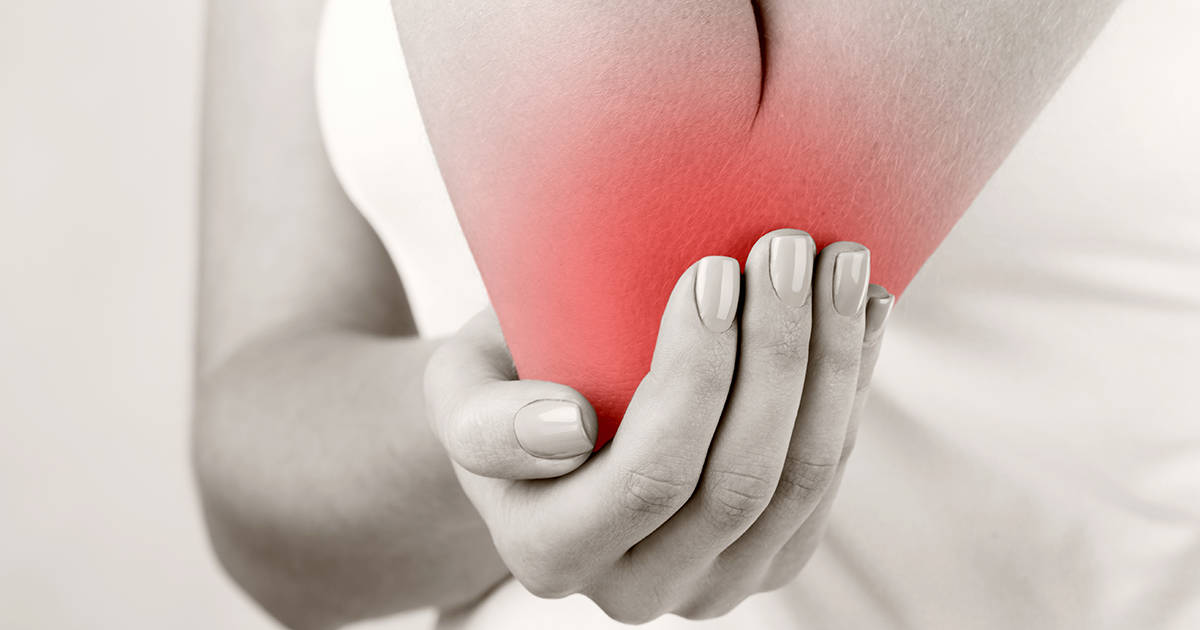
Disorders are inflammations of the shoulder, elbow, wrist, knee, hip and ankle. Inflammation usually occurs over a long period of time. However, in some cases sudden inflammation problems can also be seen. For example, some people may have a heavy burden on their shoulders due to their profession. This can lead to inflammation of the shoulder bones. People with very heavy burdens can have inflammation on their elbows and wrists. Persons standing continuously are at higher risk of developing inflammation on their knees and feet. Inflammation can also occur in the heart of people who are constantly sitting and working.
Tendonitis: In tendinitis, tendons and muscles are cut and easily damaged. This may cause inflammation. Tendinitis can lead to severe soreness.
Bursitis: Between the bone and muscle inflammation of the small incisions between the tendon or skin. This inflammation can cause serious soreness.
What are the causes of tendinotis and bursitis?
Repetition of the same movements can lead to tendonitis and bursitis. For example, typing on the keyboard for a long time, walking, cutting and chopping operations can be counted.
Failure to choose the right shoes can also result in tendonitis and bursitis. Shoes that disturb feet cause tendonitis and bursitis.
Blood and kidney diseases can also cause tendinitis and bursitis.
In old age, tendonitis and bursitis are more common in the legs, hips and elbows.
The use of certain antibiotics and medicines also causes tearing of the fibers leading to tendonitis and bursitis.
How is tendonitis and bursitis diagnosed?
In the case of tendinitis and bursitis, physical examination of the patient is performed first. The cause, the severity and the story of the disease are learned. Imaging techniques such as x-ray and MR can be used for this. Blood tests may be needed to measure the inflammation.
How is tendonitis and bursitis treated?
Tendonite and bursitis; It is a discomfort that seriously affects bone and muscle structure. The methods used in the treatment of these conditions are:
Rest is recommended first in all bone and muscle diseases. At this point, the muscle and bone should not be overloaded, should not be lifted heavily, and should be careful not to be hit.
Ice application is a very effective treatment method for relieving pain. Ice compressing the painful area 3 or 4 times a day for about 15 minutes helps reduce pain.
Medication may be prescribed to relieve pain and inflammation in patients with tendinitis and bursitis.
Repetition of movements leading to tendinitis and bursitis may interfere with the treatment of the disease. For this reason, it may be necessary to use supporting devices and apparatus in the region where the pain occurs. For example, the use of a walking stick helps to relieve the pain caused by the pain and prevent recurrence of the illness
Physical therapy can treat tendinitis and bursitis. Intelligent exercise programs, massage, cold hot application can be done in person by specialist therapists in the field.
Physical therapy techniques may require surgical intervention as a result of the disease being unable to be treated. However, surgical intervention in the treatment of tendinitis and bursitis is the last stage. In some cases it may suffice to inject cortisone. If cortisone does not help, surgical intervention may be required.
How are measures against the risk of tendonitis and bursitis?
The precautions against the risk of developing tendonitis and bursitis are:
The risk of tendonitis and bursitis is very high in people who exercise extensively. You should take care to do warm-up and stretching movements before doing sports or exercising. In this case, the risk of tendonitis and bursitis is minimized.
Sports or exercise can be done very quickly, causing tendonitis and bursitis. For this, the exhaust should start slowly and accelerate as it gets warmer.
Excessive breaks in the exfoliants lead to tendonitis and bursitis. For this reason, it is much more beneficial to exercise regularly for 25-30 minutes every day instead of doing intensive exercise one day a week.
Using the right equipment and sporting equipment will help to minimize the risk of trauma that can occur.
Constantly standing at the same position also causes tendonitis and bursitis. The position of standing should be changed.
